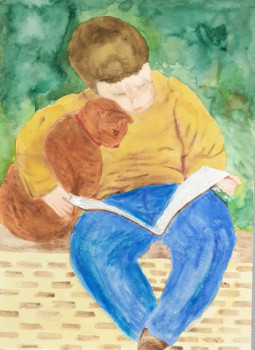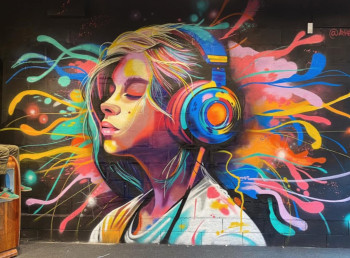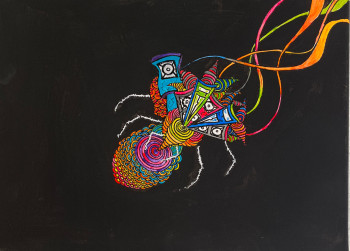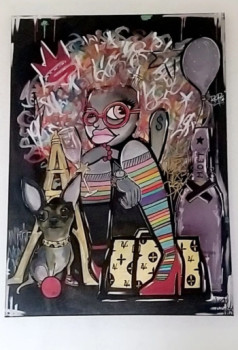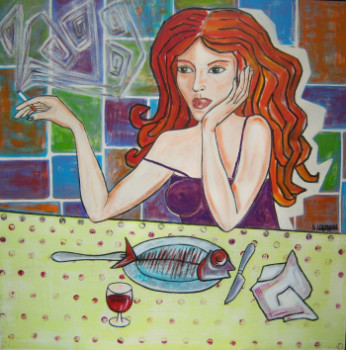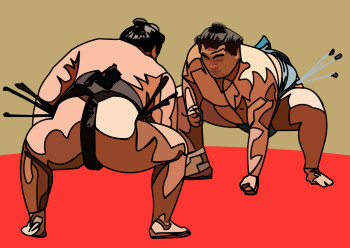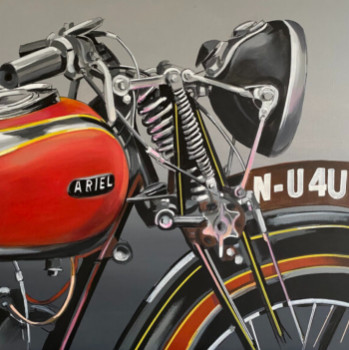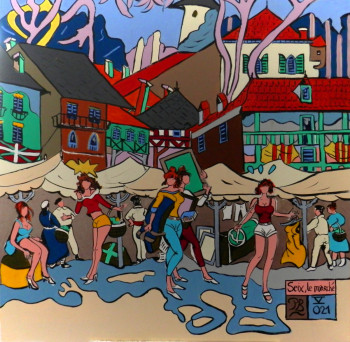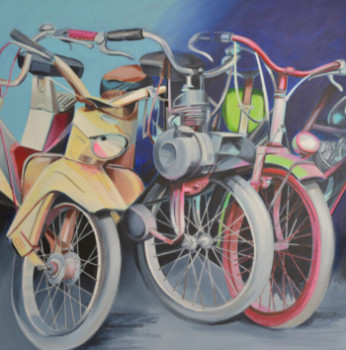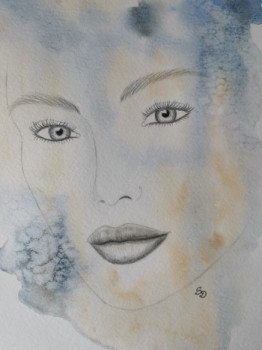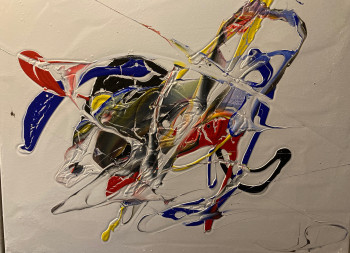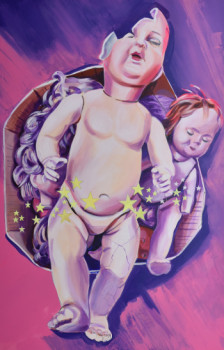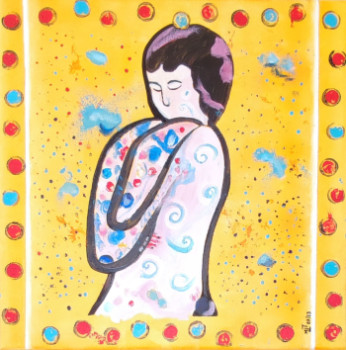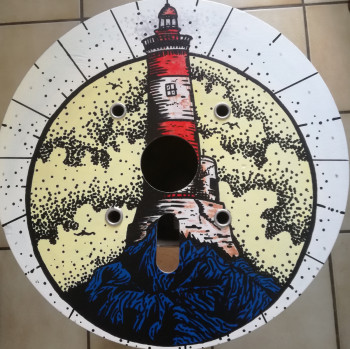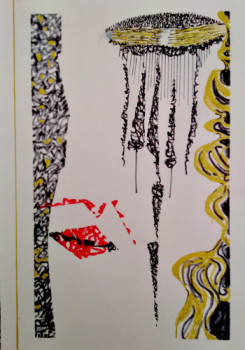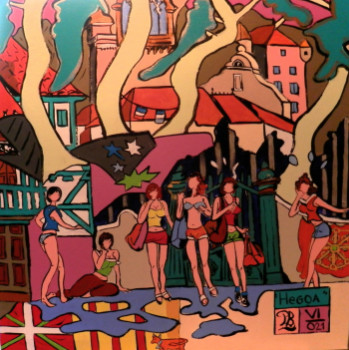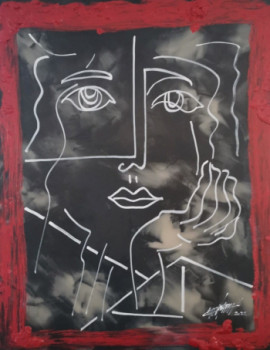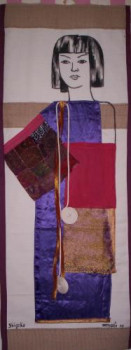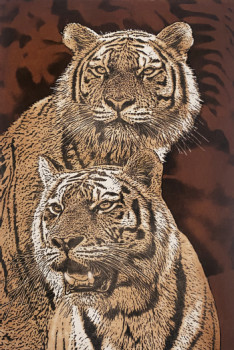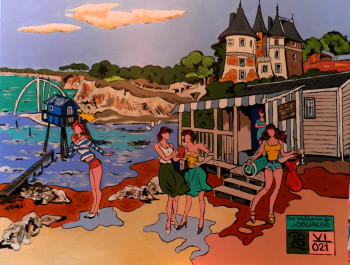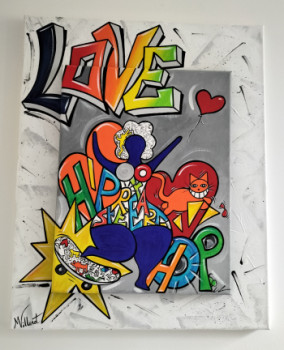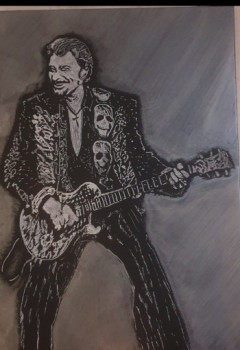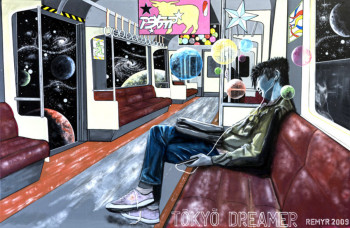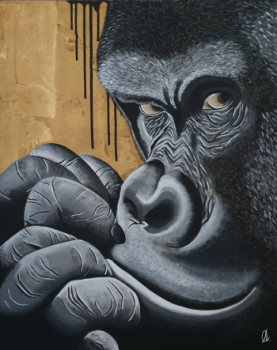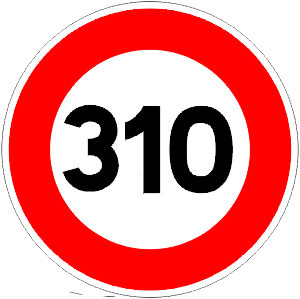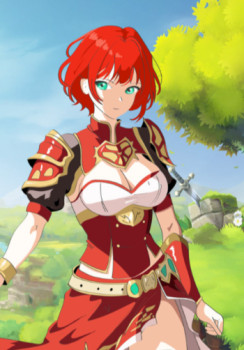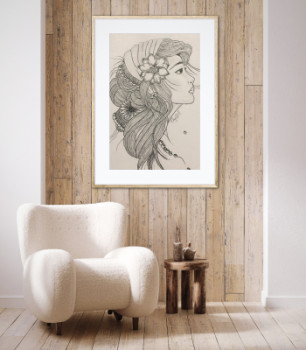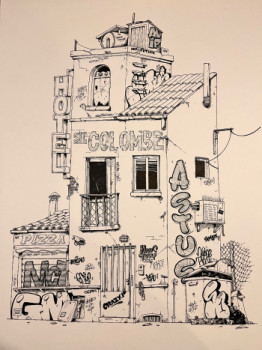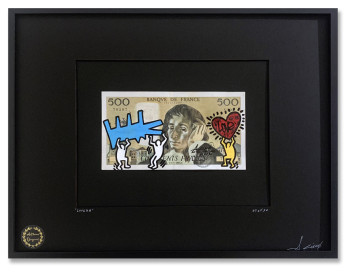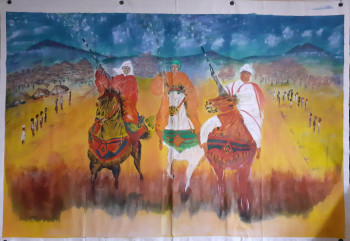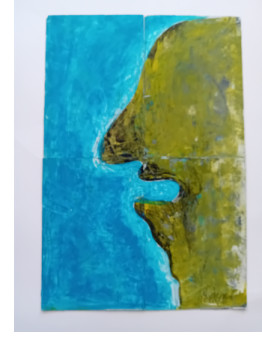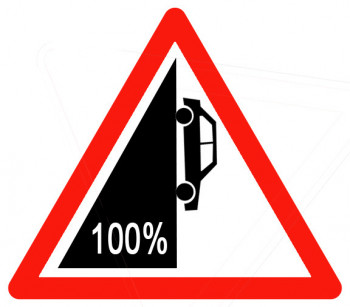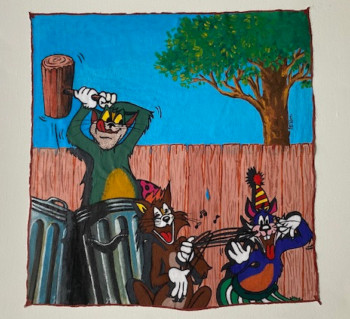
Everything you need to know about Roy Lichtenstein
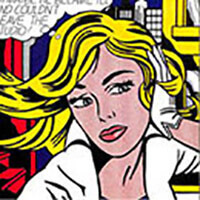
The famous painter Roy Lichtenstein is part, with Andy Warhol, one of the most emblematic figures of pop art. His main sources of inspiration include popular advertising, art techniques and art. riveted by cheap printing and comic books of his time, particularly comics.
His life
Roy Lichtenstein was born in 1923 in New York, United States, in a middle-class Jewish family. His early attraction to drawing pushes him to take on the art of painting. take courses at the Art Students League of New York. He began studying industrial design in 1940, but the army called him up three years later as an officer.
It is then sent. in Europe, where he took advantage of his leave to visit the museums of Paris and London.
He returned to his hometown in 1946, resumed his studies and took the courses of a certain Hoyt L. Sherman. This artist will have a great influence on Roy in his future career, as will the artist Allan Kaprow, considered to be one of the most influential artists in the world. like the father of « Happening, i.e. ephemeral artistic performances.
The young man subsequently became a drawing professor at the universities of Oswego, then Rutgers.
His artistic style was refined during this decade, while his painting was inspired by the abstract expressionist movement. It was at the beginning of the 1960s that he began to work. represent his iconic comic strips.
He does not hesitate to testing different materials (porcelain, ceramic, bronze...) and techniques throughout his career. It notably imitates the printing points « ben-day » using a perforated sheet of steel, a technique which will become a true signature for the emblematic pop art artist.
The career of the painter thus takes its roots in the beginnings of the company. American consumerism, American society which Roy Lichtenstein and many of his artist peers have strongly criticized.
The creator of Look Mickey, I Can See the Whole Room... and There's Nobody in It!, Crying Girl or even Whaam! died of pneumonia in 1997, at New York.
His influences
By reappropriating the cheap framework of through his paintings, Roy Lichtenstein transformed visually commercial images designed to be mass produced, into unique works full of value and character.
Painting renders the original image retains all its character as a pictorial work, and at the same time denounces the emerging consumerism in America in the 1960s.
Moreover, each of Lichtenstein's works reflects, not without irony, the ’ American Dream, the American dream as it is instilled in the world in the world. Indeed, as opposed to British pop art which remains quite ironic, American pop art was constructed as satire and a true critique of society.
Roy Lichtenstein is thus in line with his contemporaries Andy Warhol, Claes Oldenburg, James Rosenquist…
In addition to his teacher Sherman and the artist Allan Kaprow, Lichtenstein was largely inspired by his work. of his mentor Reginald Marsh, but also of the painters Pablo Picasso and Rembrandt. The latter are also at the same time. the origin of Roy's attraction to cubism and abstract expressionism.
If his works are as diverse as they are varied, they remain largely recognizable. Roy Lichtenstein likes to reuse the principle of comic strips, with their bright colors enlivening the reading, their dialogue bubbles with the very graphic look and their halftone dots typical of mass printing.
At the same time, the artist also tried his hand at painting. sculpture, and even to filmmaking.
His works
- Mickey look
Mickey look, done; in 1961, is one of the first paintings by the New York painter, inspired by by a challenge launched by his son. This work depicting Mickey Mouse and Donald Duck fishing constitutes a transition between the abstract expressionist works and the pop art works that would make Roy famous. Moreover, it was the dazzling success of this same painting that pushed him to do more. to embrace his career as a painter and to give up teaching.
- Whaam!
Dated 1963, the large canvas measuring 1.70 meters by 40 meters is directly inspired by a comic strip from the 1960s. In 1960 named All-American Comics. It represents a fighter plane firing a rocket at another enemy plane. In its explosion represented in yellow, we read « Whaam! ». The yellow used on the canvas is a acrylic painting called Magna, and had just arrived on the market. American. This color of course does not yellow over time, and has the particularity of dries faster than other types of paint.
« Whaam! » is a diptych, that is to say it is composed of of two panels. The one on the left thus seems to pull on the one on the right.
In addition, all the typical details of comics are present: the dialogue bubble with text, the large letters conveying the impact of the explosion, the outlines with broad black lines…
- In The Car
In The Car is another iconic painting by the painter Lichtenstein. This romantic comic strip also dates from 1963. We see a couple in a car being driven away lively pace: the woman, in the foreground, looks straight ahead and is dressed in a long-sleeved coat. leopard pattern. Behind her, in the background, the man holds the steering wheel and looks at her with a light smile.
The framing is deliberately very tight, in order to highlight the faces of the characters. The scene is told to through the straight lines and the play of gaze, but leaves the spectator the space to imagine the dialogues.
Découvrez quelques oeuvres inspirées de Lichtenstein
